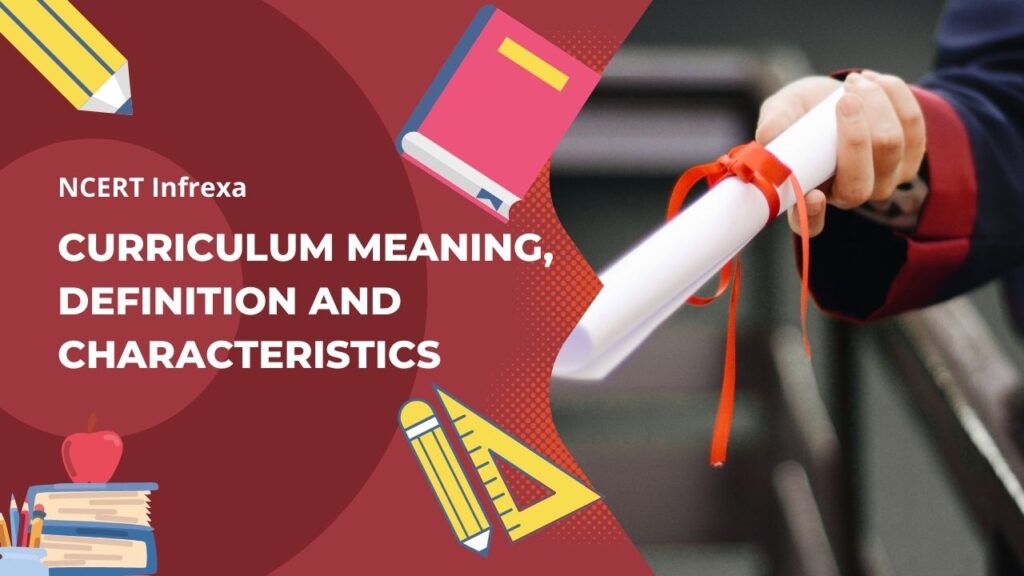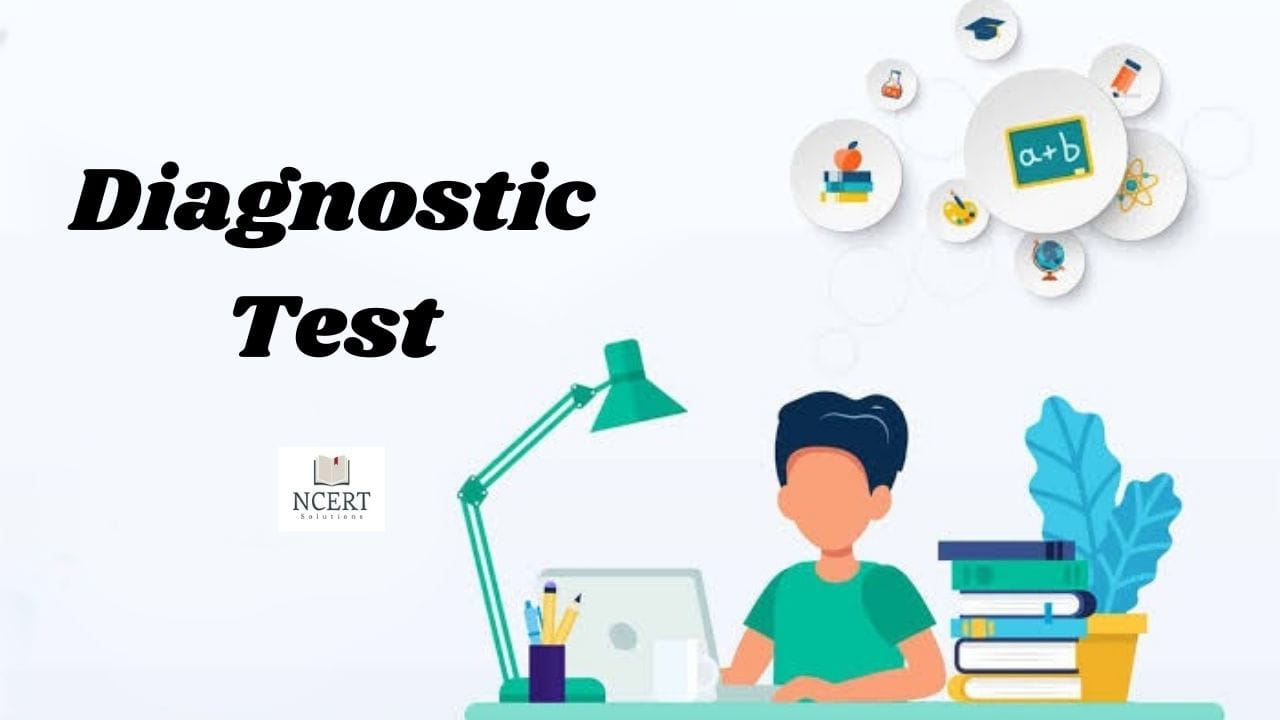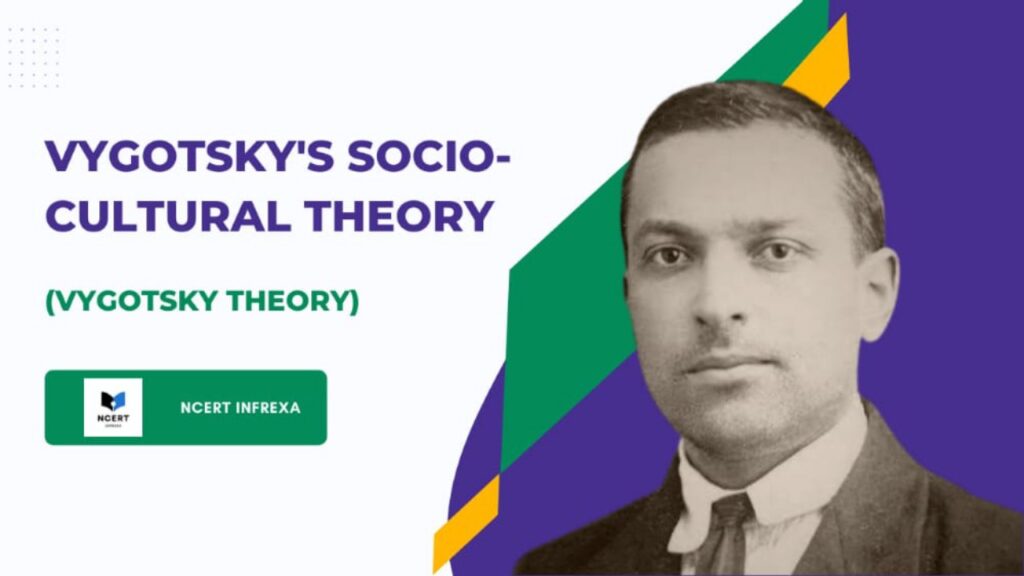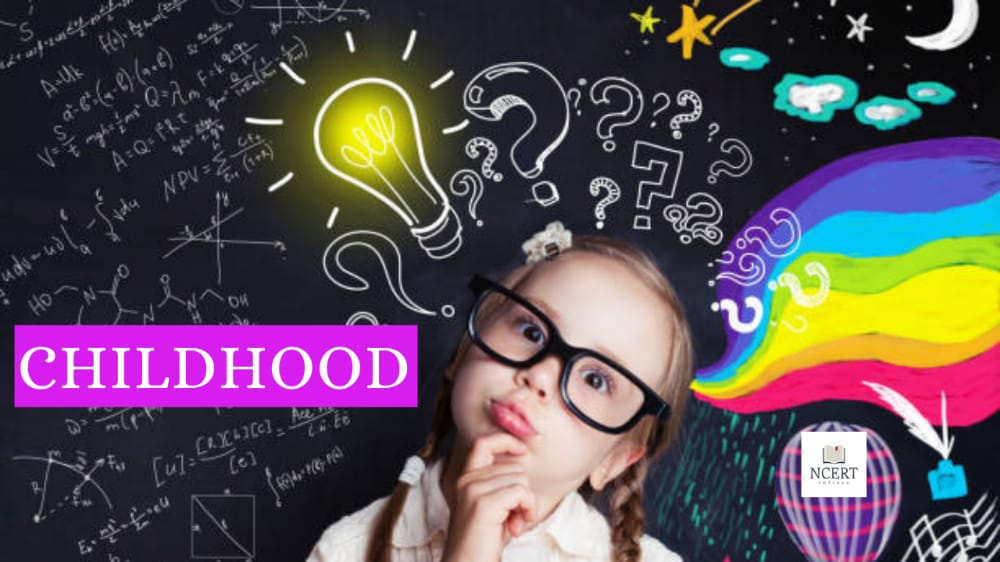A curriculum serves as the blueprint for educational instruction, guiding what, when, and how subjects are taught. It outlines the structure and content of an educational program, ensuring that the objectives of education are achieved effectively.
Meaning
The meaning of curriculum has evolved over time. Initially, the curriculum was limited to the subjects taught in schools, but its scope has since expanded. Today, it encompasses all activities and experiences that contribute to the educational process, both inside and outside the classroom.
Key Definitions
- Cunningham: “It is a tool in the hands of the teacher (artist) to shape the learner (material) according to the intended educational outcomes.”
- Horn: “It is what is taught to students; it encompasses more than just reading or learning. It includes industry, business, practice, and activities.”
- Secondary Education Commission: “It includes not only intellectual subjects but also all activities that students engage in, both inside and outside the classroom.”
- Paul Heist: “It consists of all activities that contribute to achieving educational goals and objectives.”
Characteristics of a Curriculum
The characteristics of a curriculum are essential for understanding how it functions within an educational framework, which defines the purpose, structure, and implementation, ensuring that it meets the educational needs of students and aligns with societal goals. Below are the key characteristics:
- Flexibility: The curriculum is adaptable, allowing for changes based on societal needs.
- Purpose-Driven: It is created to achieve specific educational goals and objectives.
- Student-Centered: It is designed to develop the personality and skills of students.
- Implementation: It is put into practice by schools and teachers.
- Behavioral Impact: The curriculum aims to bring about desired changes in student behavior.
- Skill Development: It fosters cognitive, emotional, and functional skills in students.
Development Process
- Design Basis: The curriculum is developed based on the cognitive, emotional, and practical needs of students.
- Societal Considerations: It takes into account the conditions and requirements of society.
- Outline Preparation: An outline is prepared before finalizing it.
- Continuous Improvement: It is regularly evaluated and updated to remain relevant and effective.
- Expert Input: Subject experts and educational theorists are involved in the curriculum design process.
Objectives
- Holistic Development: The curriculum aims to develop the cognitive, emotional, and functional aspects of students.
- Moral and Character Building: Focuses on fostering moral values and character in students.
- Social Responsibility: Promotes social responsibility and empathy among students.
- Practical Skills: Prepares students for the practicalities of life and work.
- Behavioral Excellence: Seeks to enhance students’ behavior and decision-making abilities.
Frequently Asked Questions
- What is the meaning of the word “curriculum”?
- The word originally meant “race field,” symbolizing the educational journey students undertake.
- What does Cunningham’s definition imply?
- In Cunningham’s definition, the “artist” refers to the teacher, and the “instrument” refers to the curriculum.
- What is the nature of the curriculum?
- It is dynamic and subject to change based on societal and educational needs.
- What are the main objectives?
- The primary objective is the holistic development of students, encompassing intellectual, emotional, and practical growth.
- On what basis is curriculum development carried out?
- Development is based on philosophical, social, and psychological principles.
Conclusion
The curriculum is the cornerstone of the educational process, guiding all activities and learning experiences in schools. Its success depends on the collaborative efforts of schools, teachers, and developers to create a flexible, student-centered program that meets societal needs and prepares students for the future.




